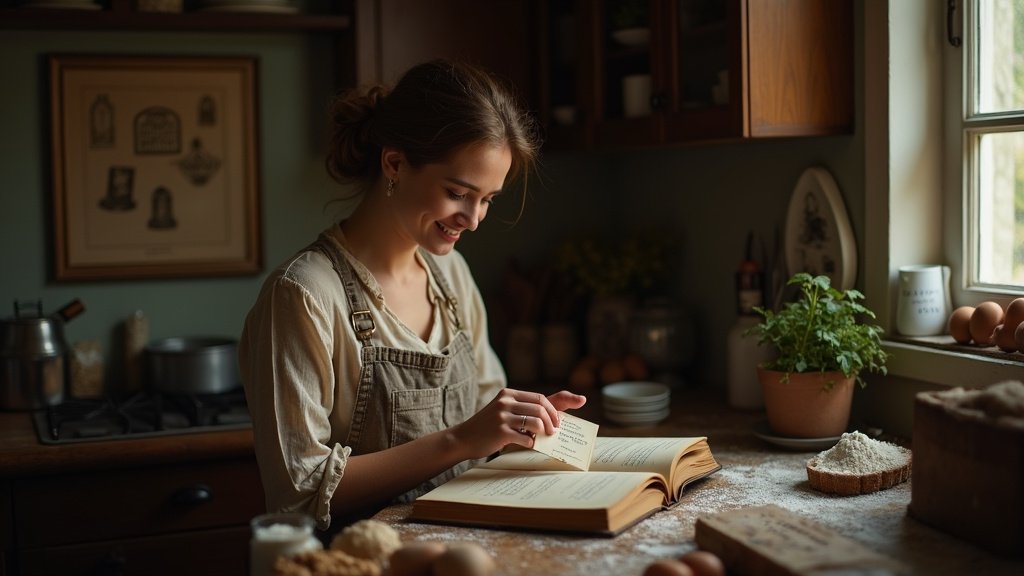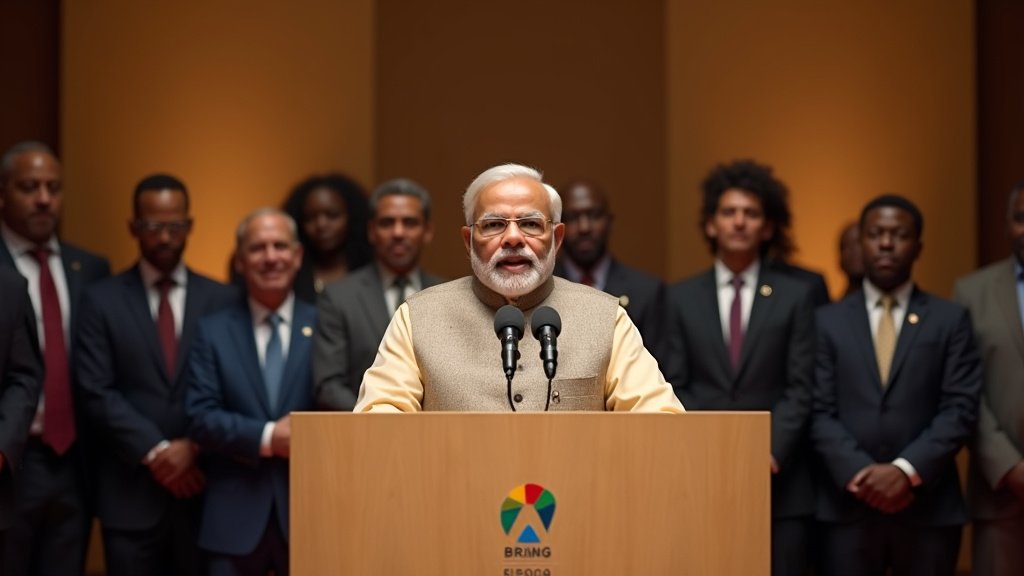Rosie Grant, an alumna of James Madison University’s English and Media Arts and Design (SMAD) program, has turned a profound interest in cemeteries into an internationally recognized culinary project and a bestselling cookbook focused on Gravestone Recipes. Her unique endeavor, which involves finding, recreating, and sharing recipes inscribed on gravestones, has garnered significant attention and a dedicated following, transforming a niche hobby into a trending online phenomenon, offering a unique look at culinary memorials.
From Archives to Gravestone Recipes: The Accidental Archivist
Grant’s journey began not in a kitchen, but within the quiet archives of the Congressional Cemetery in Washington, D.C. While pursuing her Master’s in Library Science at the University of Maryland, with a concentration in digital archives, she interned at the cemetery. This experience, coupled with a class assignment to create a social media presence, led her to start a TikTok account, @ghostlyarchive, initially to share insights into her work. It was during this period, amidst her research into various forms of memorialization, that she stumbled upon her first gravestone recipe: Naomi Odessa Miller-Dawson’s spritz cookies, etched onto a headstone in Brooklyn, New York. This discovery of Gravestone Recipes sparked a deep fascination.
The idea of someone’s most cherished recipes being immortalized in stone resonated powerfully. Grant, who describes herself as a taphophile, saw this as a unique way to connect with the deceased, understand their lives, and celebrate their legacies beyond mere dates and names. The pandemic also played a role, with many people, including Grant, spending more time exploring cooking and family histories, making these Gravestone Recipes even more poignant.
“To Die For”: A Cookbook of Gravestone Recipes
Grant’s dedication to this unusual pursuit culminated in the publication of her cookbook, “To Die For: A Cookbook of Gravestone Recipes.” The book, released around October 2025, features 40 recipes sourced from gravestones around the world, though many are documented across the United States, showcasing a wide array of Gravestone Recipes. Each recipe is more than just a list of ingredients and instructions; it is accompanied by heartfelt interviews with the families of the deceased, delving into the stories behind the dishes and the people who created them. The book also includes photographs of the food, the gravestones, and relevant memorabilia, offering a comprehensive tribute to these found Gravestone Recipes.
Recipes featured range from sweet treats like spritz cookies, homemade fudge, and carrot cake to savory dishes such as chicken spaghetti casserole and cheese dip. Some gravestones provide complete instructions, while others list only ingredients, requiring Grant to do further research, often with the help of family members, to reconstruct the full recipe. This process highlights the personal and often secret nature of these culinary legacies, with some individuals even keeping their favorite recipes private during their lifetime, adding a layer of intrigue to the Gravestone Recipes.
Viral Fame and the Power of Culinary Memory in Gravestone Recipes
Grant’s @ghostlyarchive TikTok and Instagram accounts exploded in popularity, attracting hundreds of thousands of followers and millions of views, largely due to the unique appeal of her Gravestone Recipes. Her content, which often includes her traveling to gravesites, making the recipes, and sharing the finished dishes, struck a chord with a global audience. This viral success led to her being featured in various news outlets and television shows, including “The Kelly Clarkson Show,” “Good Morning America,” and “The New York Times,” solidifying her status as a trending creator through her Gravestone Recipes project and contributing to her viral cookbook fame.
The project taps into universal themes of memory, family, and comfort, with Gravestone Recipes serving as a key element. For many, food is an intrinsic part of remembrance, evoking sensory memories and emotional connections to loved ones. Grant’s work underscores how recipes, especially Gravestone Recipes, can serve as tangible links to the past, offering solace and a unique way to celebrate life even after death. Her approach is not morbid, but rather a joyful exploration of how enduring love can be expressed through the shared act of cooking and eating, making these Gravestone Recipes a source of comfort and connection.
A Legacy in Every Bite: Rosie Grant Recipes and Food History
Rosie Grant’s innovative project bridges the gap between history, food, and personal narrative through her exploration of Gravestone Recipes. Her academic background in library science and archival work provided the foundational skills for her meticulous research into food history, while her SMAD studies likely honed her ability to tell compelling stories through various media. “To Die For” is more than just a collection of recipes; it’s a testament to the enduring power of human connection, the celebration of everyday lives, and the profound ways food can keep memories alive, with Gravestone Recipes as her primary focus. As her work continues to gain traction, Grant’s unique culinary storytelling, particularly her Gravestone Recipes, has found a top spot in the hearts of readers and viewers alike, offering a comforting and inspiring perspective on remembrance and legacy, and contributing significantly to the niche of memorial cooking.





